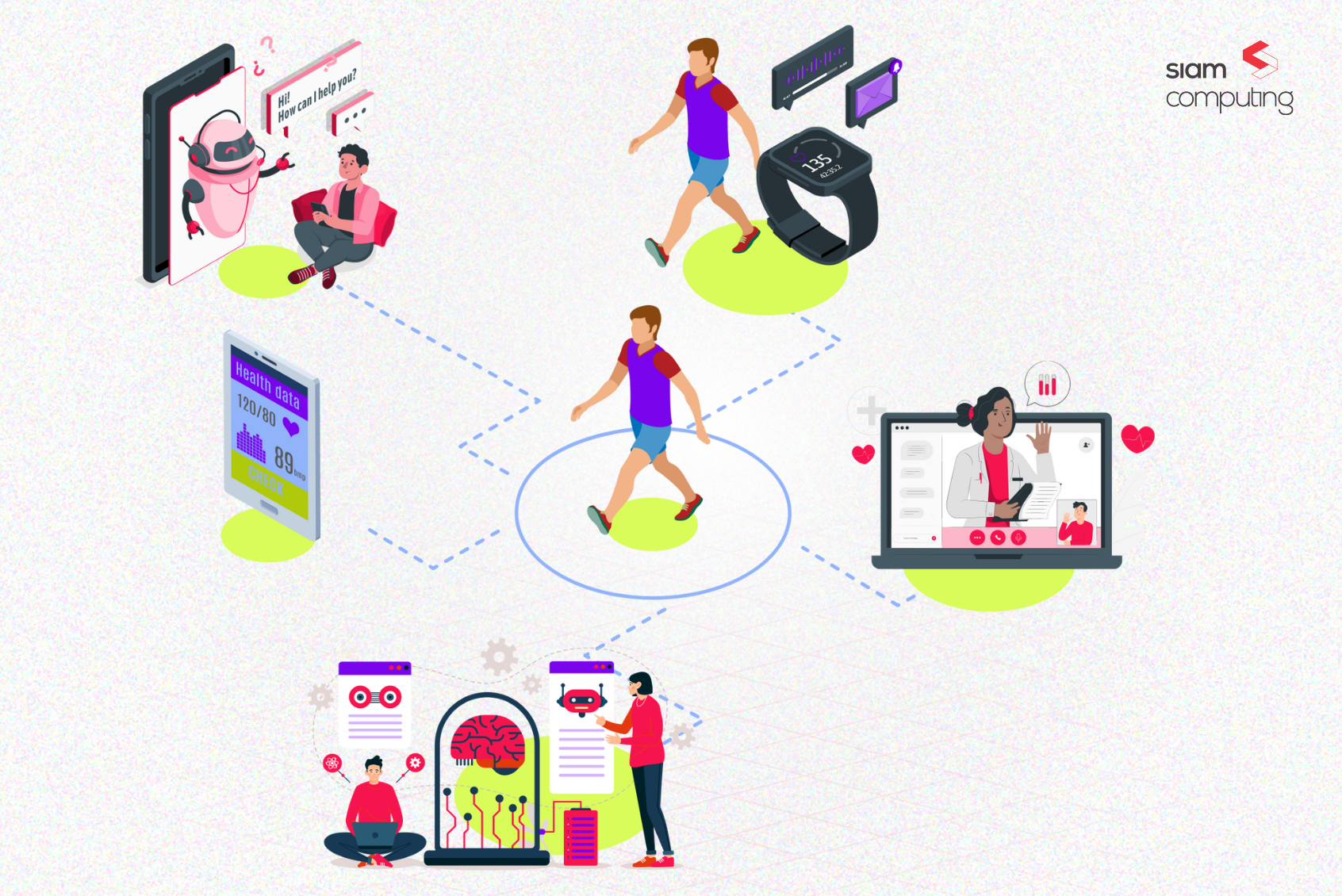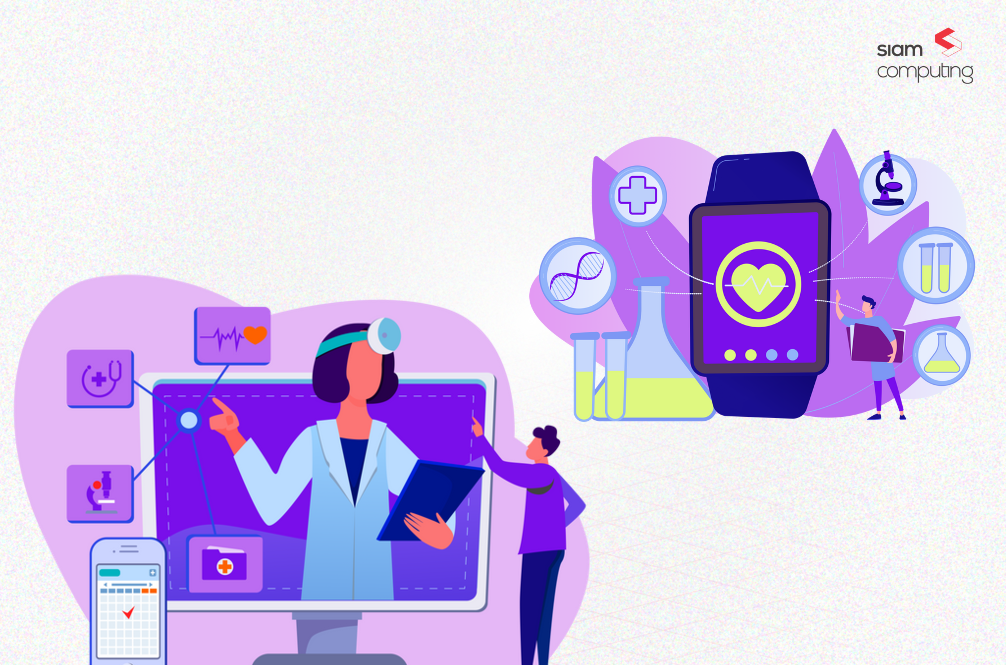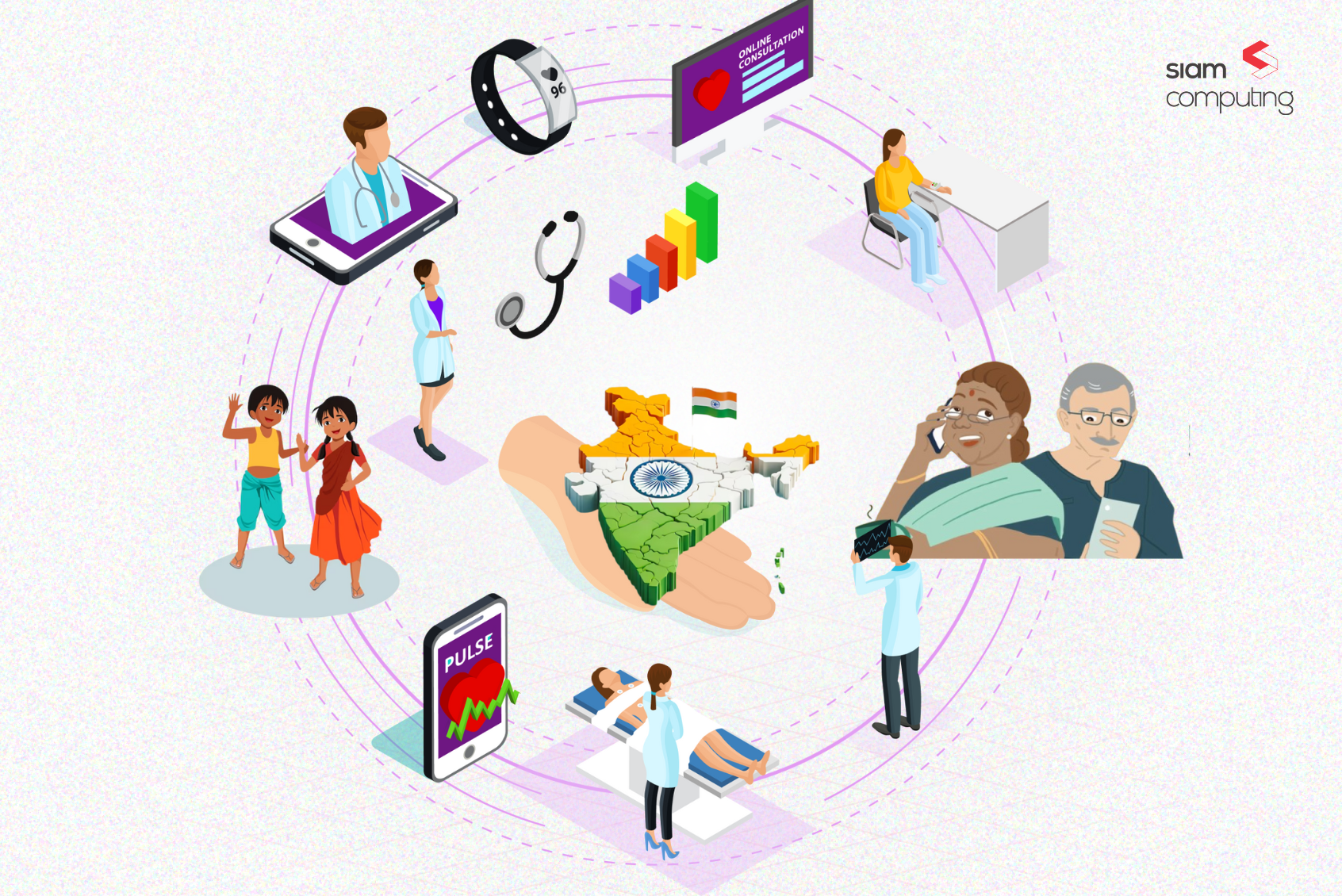Imagine walking into a clinic. No doctor greets you. Instead, a machine scans your body, analyzes your symptoms, and within seconds, suggests a treatment plan. No doctor, no nurse, just you and the machine. How comfortable would you feel?
This scenario isn’t far-fetched; it’s becoming increasingly plausible with the rapid advancements in Artificial Intelligence (AI). But what does this mean for healthcare, especially in India? Will AI truly be the digital doctor we’ve been waiting for, or is it another piece of hype ready to crumble under the weight of real-world complexities?
If you’re intrigued by these ideas, I highly recommend diving deeper into Dr. Robert Wachter’s seminal book, The Digital Doctor: Hope, Hype, and Harm at the Dawn of Medicine’s Computer Age. His work laid the foundation for many of the themes I’m exploring in this blog today, and it’s a must-read for anyone looking to understand the complex relationship between technology and healthcare.
In this blog, we’ll explore the promise, the overblown expectations, and the potential risks that AI brings to the table in healthcare. By the end, we’ll have a clearer view of whether AI is the revolutionary force we need—or just another technological complication.
The Hope: AI’s Promise in Bridging Healthcare Gaps and Access
The promise of AI in healthcare is incredibly enticing. Particularly in India, where the healthcare system is overburdened, and the doctor-to-patient ratio is far from ideal, AI can play a transformative role.
Consider the staggering reality:
- 75% of India’s healthcare infrastructure is concentrated in urban areas, while 73% of the population resides in rural areas.
- Our doctor-to-population ratio is about 1:1,445, significantly lower than the World Health Organization’s recommended ratio of 1:1,000.
- Bharat Health Index (BHI) 2023 report says, only 10% of rural Indians (surveyed) get access to healthcare within a 10 km radius.
This mismatch makes it clear that India’s healthcare system needs innovative solutions to bridge these gaps—and AI is emerging as a key player in addressing this challenge.
AI is capable of performing rapid data analysis, enabling healthcare providers to make faster, more accurate diagnoses, even in regions where medical professionals are scarce. For instance, telemedicine platforms enhanced with AI can offer diagnostics and treatment plans to rural areas, helping patients access care without traveling long distances.
Case Study: Niramai and Qure.ai
One of the most compelling examples of AI in action is Niramai, a Bengaluru-based startup that uses AI-powered thermal imaging to detect breast cancer. Early detection is crucial in cancer treatment, yet traditional mammograms are expensive, expose patients to radiation, and require specialized facilities. Niramai’s AI solution overcomes these barriers by offering a non-invasive, radiation-free, and affordable alternative. Its technology is now used in mass screening programs across India, reaching even the remotest areas.
Another exciting example for healthcare AI in action is Qure.ai. They developed AI tools to analyze medical images such as chest X-rays and CT scans. One of its flagship products, qXR, has proven highly effective in diagnosing tuberculosis (TB), a disease that remains a significant public health challenge in India. The tool can diagnose TB in under a minute, helping rural healthcare systems where radiologists are in short supply. By partnering with the National Health Mission, Qure.ai is playing a pivotal role in the fight against TB in underserved regions.
Health-tech Innovations for Seniors: Swarn Aayu
An often overlooked demographic in healthcare innovation is the elderly population. Many digital health solutions are built for tech-savvy users, leaving older adults struggling to adapt. This gap is where AI can make a significant difference. For instance, Swarn Aayu, a conversational AI chatbot developed for seniors, addresses their specific healthcare needs. Accessible via WhatsApp, the chatbot assists with symptom tracking, medication management, and health monitoring, while also offering companionship. This is crucial for improving the quality of life for seniors, many of whom face isolation and loneliness.
By addressing needs such as early detection of life-threatening diseases and improving access to care for both rural populations and the elderly, AI is already proving to be a transformative force in Indian healthcare. The promise is immense—but so too is the complexity of integrating this technology effectively.
The Hype: Reality vs. Expectations
Amid the excitement surrounding AI’s potential, it’s important to recognize that some claims may be exaggerated. We’ve all seen the sensational headlines: “AI will replace doctors,” “Hospitals of the future will be fully automated.” While these statements sound futuristic and groundbreaking, they oversimplify a complex reality.
Limitations of AI in Real-World Scenarios
While AI can process vast amounts of data faster than any human could, the practice of medicine goes beyond algorithms. Doctors must understand not just symptoms and test results, but the context of a patient’s life—their fears, history, and preferences. AI, no matter how advanced, cannot replace the empathy and intuition that come from years of medical experience.
One example of AI’s limitations is IBM’s Watson for Oncology, a tool designed to assist doctors in recommending cancer treatment plans. Initially launched with great enthusiasm, including partnerships with hospitals in India, Watson soon ran into real-world problems. Indian doctors reported that Watson’s recommendations often failed to account for the unique challenges of India’s healthcare infrastructure and patient population. The tool struggled with incomplete or messy data—something human doctors regularly contend with but AI finds difficult to process.
Human-Centered Healthcare vs. Data-Driven AI
During a visit to a rural healthcare center, I spoke with a doctor about the challenges of working in such settings. He told me about a patient who referred to their medication as “the small blue pill,” providing no further details. In cases like this, doctors rely on their experience and local knowledge to piece together the puzzle.
AI, however, demands structured, clean data to function optimally. The reality is that much of healthcare data is incomplete, inconsistent, or inaccessible. AI systems are not yet equipped to handle the unstructured, chaotic nature of medical records in under-resourced regions.
While AI may eventually revolutionize healthcare, its success depends on more than just technology—it requires a deep understanding of human complexities that data alone cannot capture.
The Harm: Risks of AI in Healthcare
Finally, let’s address the elephant in the room—the risks of AI in healthcare. With any new technology, particularly one as powerful as AI, there are inherent risks. In healthcare, where the stakes are literally life and death, we must be particularly cautious about how AI is deployed.
Algorithmic Bias
One of the most significant concerns surrounding AI is the potential for algorithmic bias. If the data used to train an AI system is biased, the results will be biased as well, leading to potentially harmful consequences. In healthcare, this can be especially dangerous.
For example, many AI models are trained using data from Western populations, which might not accurately reflect the genetic, cultural, or environmental factors unique to Indian patients. This could lead to misdiagnoses or inappropriate treatment recommendations for Indian patients.
A prominent example comes from dermatology AI systems designed to detect skin cancer. Early models were trained primarily on light-skinned individuals, leading to lower accuracy when applied to darker-skinned populations. In a country as diverse as India, it’s critical that AI systems be trained on representative datasets that capture the full spectrum of patient variability.
Over-Reliance on Technology
Another risk is the potential for over-reliance on AI, which can lead to automation complacency. This occurs when healthcare providers trust AI systems so much that they stop critically assessing its outputs. Imagine a doctor relying solely on an AI diagnosis, only to miss a crucial detail that the algorithm overlooked because it didn’t account for the patient’s full medical history. In healthcare, this kind of oversight can be catastrophic.
There are also concerns about how AI systems interact with existing technologies and workflows. Imagine a scenario where an AI-powered system stalls during surgery because a required checkbox wasn’t ticked.
Such technical glitches, while minor in other industries, can have devastating consequences in healthcare. We must ensure that AI is a tool that enhances human decision-making rather than creating new barriers to care.
Where Do We Go From Here?
AI in healthcare is a double-edged sword. On one hand, it offers the promise of better diagnostics, streamlined operations, and improved patient outcomes. On the other, it comes with overblown expectations and ethical risks that can’t be ignored.
But here’s the good news: the future of AI in healthcare isn’t entirely in the hands of machines. It’s up to us—healthcare professionals, technologists, and policymakers—to shape AI’s role in a way that benefits everyone. We need to focus on building systems that complement human intelligence, not replace it, ensuring AI works for us, not the other way around.
In the end, healthcare isn’t like IT—we can’t just turn it off and on again. We need to get it right, and the time to start is now.
At Siam Computing, we are deeply invested in this journey. We believe that the future of healthcare lies in the thoughtful integration of AI and digital solutions, tailored to real-world needs. Our team has extensive experience building custom healthcare solutions that address the unique challenges of the Indian healthcare system.
Feel free to reach out to us at Siam Computing to discuss how we can collaborate and build the next generation of AI-driven healthcare solutions. Together, we can shape a future where healthcare is not just smarter, but also more compassionate.








